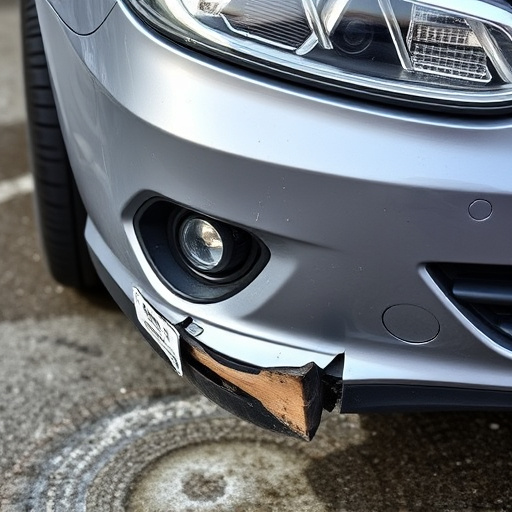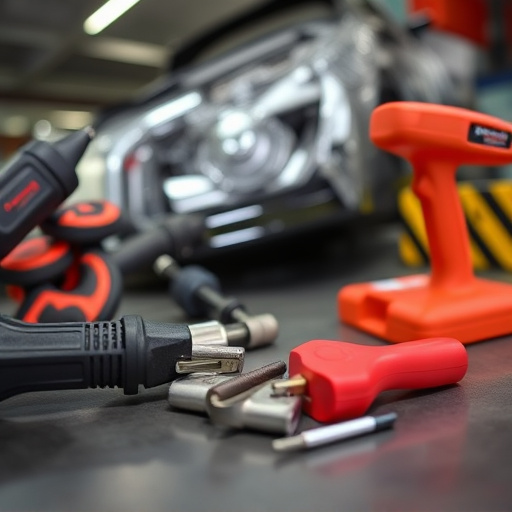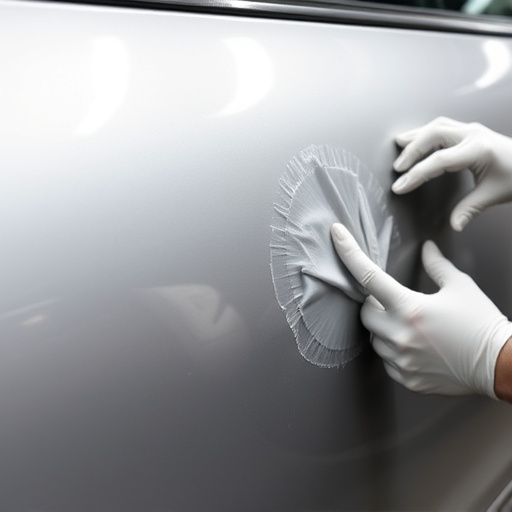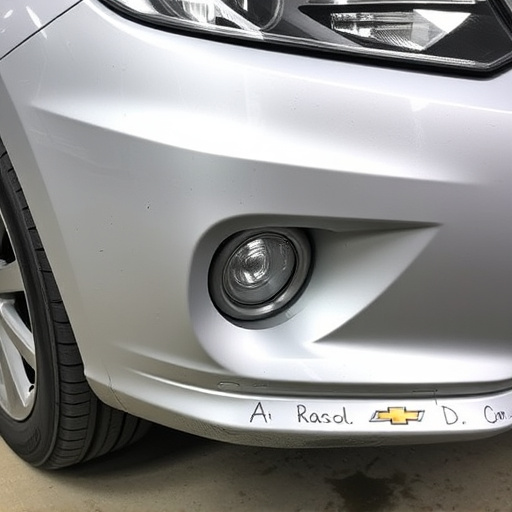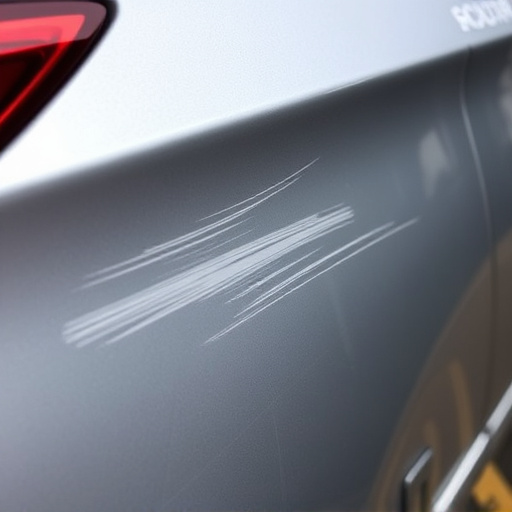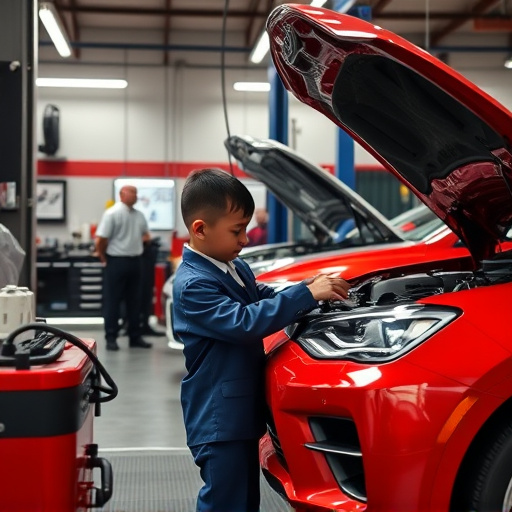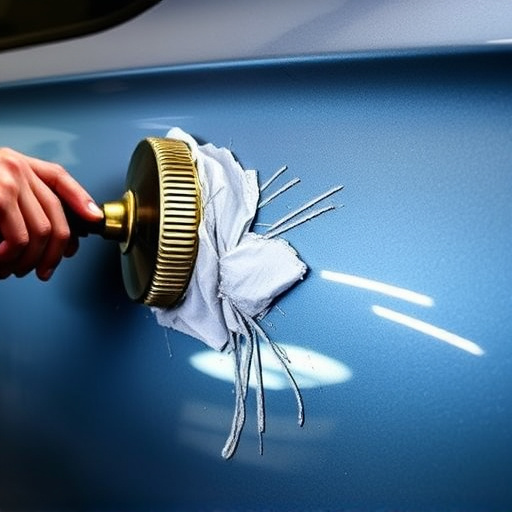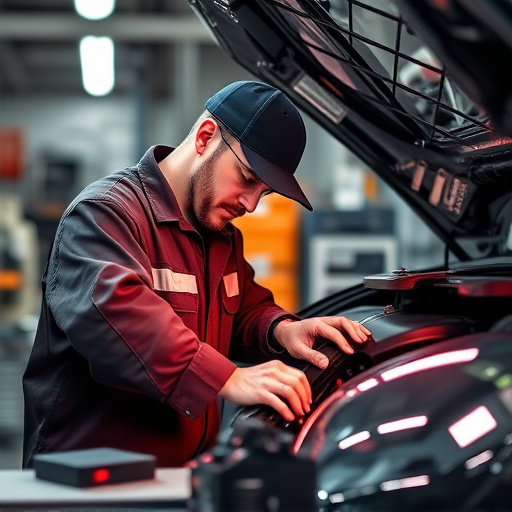Choosing between OEM and aftermarket parts for vehicle body repair balances quality, cost, and compatibility. OEM parts offer superior fitment, quality control, and warranties but are pricier. Aftermarket parts provide cost savings, wider availability, and compatibility across models, ideal for simple repairs or specialized services. Historic car restorations often require OEM parts to maintain authenticity and value.
When it comes to vehicle body repair, choosing the right parts can make a significant difference. This article delves into the world of original equipment manufacturer (OEM) and aftermarket parts, offering insights into their unique roles in auto body repairs. We explore the advantages and disadvantages of OEM parts, highlighting their quality and warranty, while also discussing the cost-effectiveness and availability of aftermarket alternatives. By understanding these options, you’ll be better equipped to navigate vehicle body repair decisions.
- Understanding OEM and Aftermarket Parts in Vehicle Body Repair
- Advantages and Disadvantages of Using OEM Parts
- Selecting Aftermarket Parts for Cost-Effective Repairs
Understanding OEM and Aftermarket Parts in Vehicle Body Repair

In the realm of vehicle body repair, understanding the distinction between Original Equipment Manufacturer (OEM) and Aftermarket parts is paramount for achieving optimal results in car bodywork services. OEM parts are the original components that come from the vehicle manufacturer, designed to perfectly fit and function within the specific make and model of a car. They offer several advantages, such as precise fitting, superior quality, and compatibility with the vehicle’s systems and design features. Aftermarket parts, on the other hand, are third-party manufactured replacements for OEM components. While they can provide cost savings, it’s crucial to ensure their compatibility and reliability to avoid compromising the integrity of the vehicle repair or car restoration process.
When considering these options for your vehicle body repair needs, assessing factors like quality, warranty, price, and compatibility is essential. Aftermarket parts may offer a more affordable option, but they might not always meet the same stringent manufacturing standards as OEM parts. Conversely, OEM parts ensure a seamless fit and often come with extended warranties, reflecting their superior craftsmanship. For car restoration projects, where precision and authenticity are paramount, selecting OEM parts can be vital to maintaining the vehicle’s historical integrity and value.
Advantages and Disadvantages of Using OEM Parts

Using Original Equipment Manufacturer (OEM) parts for vehicle body repair has its advantages. Firstly, OEM parts are designed specifically for a particular make and model, ensuring a precise fit and seamless integration into the vehicle’s existing structure. This can lead to better aesthetic results in auto body repair, aligning with the original design intent of the manufacturer. Additionally, OEM parts often come with warranties, providing peace of mind and potential cost savings if issues arise post-repair. They are also subject to rigorous quality control measures, guaranteeing high standards of safety and performance during vehicle collision repair or automotive restoration processes.
However, there are disadvantages to consider. OEM parts can be significantly more expensive compared to aftermarket alternatives due to their brand association and exclusive manufacturing processes. This cost factor might deter some body shop services from exclusively using OEM parts, especially for complex repairs that involve numerous components. Furthermore, lead times for acquiring OEM parts can be longer, potentially delaying the vehicle body repair process, which is a crucial aspect of efficient automotive restoration.
Selecting Aftermarket Parts for Cost-Effective Repairs

When it comes to cost-effective vehicle body repair, selecting aftermarket parts can be a strategic move for both car owners and automotive repair services. Aftermarket components offer an affordable alternative to OEM (Original Equipment Manufacturer) parts, making them an attractive option for those looking to keep costs down without compromising quality. These parts are designed to fit various makes and models, ensuring compatibility across different vehicle body types.
Many aftermarket suppliers specialize in creating high-quality replacements, often utilizing advanced manufacturing techniques. This ensures that the repair is not only budget-friendly but also reliable. Additionally, with a wide range of options available, consumers can choose parts tailored to their specific needs, whether it’s a simple replacement part or a complex body panel repair, even considering specialized services like paintless dent repair for minor cosmetic issues.
When it comes to vehicle body repair, the choice between OEM and aftermarket parts is a key consideration. While OEM parts offer superior quality and performance guaranteed by the manufacturer, they can be cost-prohibitive. Aftermarket parts, on the other hand, provide an affordable alternative without compromising on safety or reliability. Understanding the advantages and disadvantages of each option allows vehicle owners to make informed decisions tailored to their budget and repair needs, ultimately ensuring a cost-effective and high-quality vehicle body repair.
